- 全部删除
 您的购物车当前为空
您的购物车当前为空
Pepsin
Pepsin is an endopeptidase that breaks down proteins into smaller peptides and amino acids that can be easily absorbed in the small intestine[1]. Pepsin is stable at pH ranges as high as pH 6. Above this pH, pepsin is rapidly irreversibly inactivated and elevation of pH of the reaction mixture to pH 8 results in complete inactivation of pepsin[2]. Pepsin has been posited to be a reliable biological marker of EER. An immunologic pepsin assay of combined sputum and saliva was determined to be 100% sensitive and 89% specific for detection of EER (based on pH-metry), and an enzymatic test of nasal lavage fluid (100% sensitivity and 92.5% specificity) demonstrated an increased incidence of EER in patients with chronic rhinosinusitis[3]. Cultured hypopharyngeal epithelial (FaDu) cells were exposed to human pepsin (0.1 mg/mL) at pH 7.4 for either 1 hour or 12 hours at 37°C and both mitochondria and Golgi complexes were clearly damaged. This finding reveals a novel mechanism by which pepsin could cause cell damage, potentially even in nonacidic refluxate[4].
Pepsin
Pepsin is an endopeptidase that breaks down proteins into smaller peptides and amino acids that can be easily absorbed in the small intestine[1]. Pepsin is stable at pH ranges as high as pH 6. Above this pH, pepsin is rapidly irreversibly inactivated and elevation of pH of the reaction mixture to pH 8 results in complete inactivation of pepsin[2]. Pepsin has been posited to be a reliable biological marker of EER. An immunologic pepsin assay of combined sputum and saliva was determined to be 100% sensitive and 89% specific for detection of EER (based on pH-metry), and an enzymatic test of nasal lavage fluid (100% sensitivity and 92.5% specificity) demonstrated an increased incidence of EER in patients with chronic rhinosinusitis[3]. Cultured hypopharyngeal epithelial (FaDu) cells were exposed to human pepsin (0.1 mg/mL) at pH 7.4 for either 1 hour or 12 hours at 37°C and both mitochondria and Golgi complexes were clearly damaged. This finding reveals a novel mechanism by which pepsin could cause cell damage, potentially even in nonacidic refluxate[4].

产品信息正在更新中,如果您想购买,请点击大包装&定制按钮.
产品介绍
| 产品描述 | Pepsin is an endopeptidase that breaks down proteins into smaller peptides and amino acids that can be easily absorbed in the small intestine[1]. Pepsin is stable at pH ranges as high as pH 6. Above this pH, pepsin is rapidly irreversibly inactivated and elevation of pH of the reaction mixture to pH 8 results in complete inactivation of pepsin[2]. Pepsin has been posited to be a reliable biological marker of EER. An immunologic pepsin assay of combined sputum and saliva was determined to be 100% sensitive and 89% specific for detection of EER (based on pH-metry), and an enzymatic test of nasal lavage fluid (100% sensitivity and 92.5% specificity) demonstrated an increased incidence of EER in patients with chronic rhinosinusitis[3]. Cultured hypopharyngeal epithelial (FaDu) cells were exposed to human pepsin (0.1 mg/mL) at pH 7.4 for either 1 hour or 12 hours at 37°C and both mitochondria and Golgi complexes were clearly damaged. This finding reveals a novel mechanism by which pepsin could cause cell damage, potentially even in nonacidic refluxate[4]. |
| 存储 | Powder: -20°C for 3 years | In solvent: -80°C for 1 year | Shipping with blue ice. |
计算器
体内实验配液计算器
以上为“体内实验配液计算器”的使用方法举例,并不是具体某个化合物的推荐配制方式,请根据您的实验动物和给药方式选择适当的溶解方案。










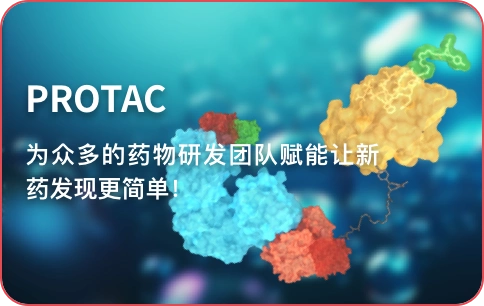
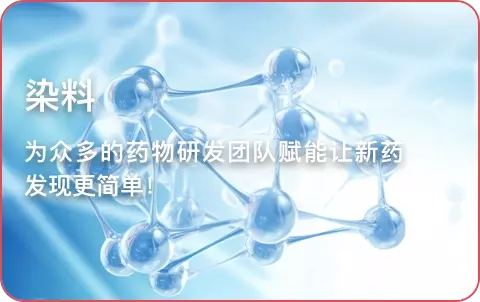




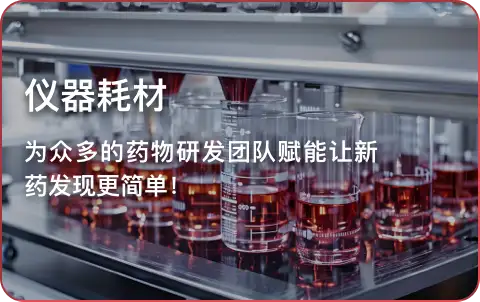

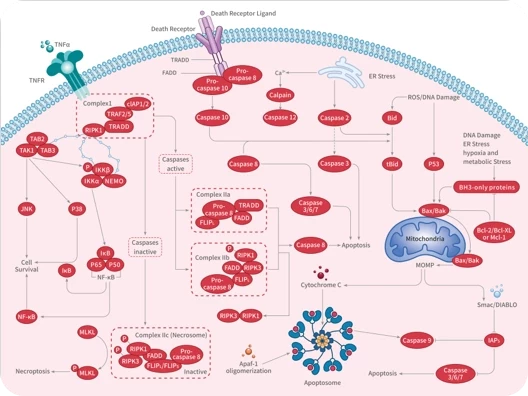


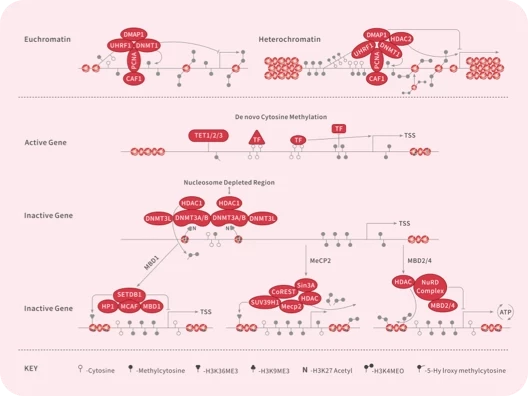
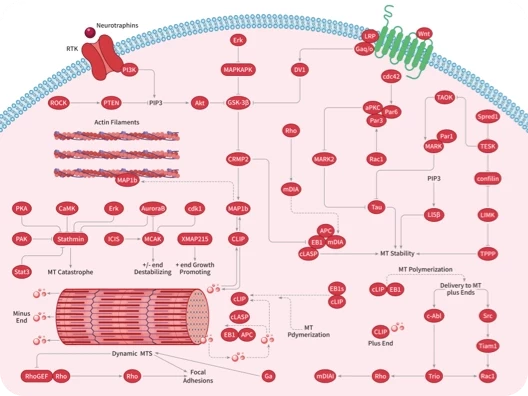
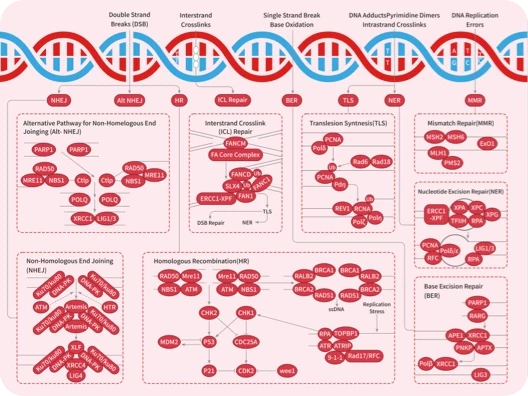
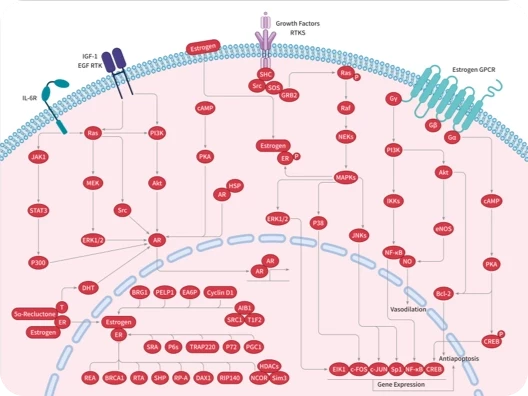

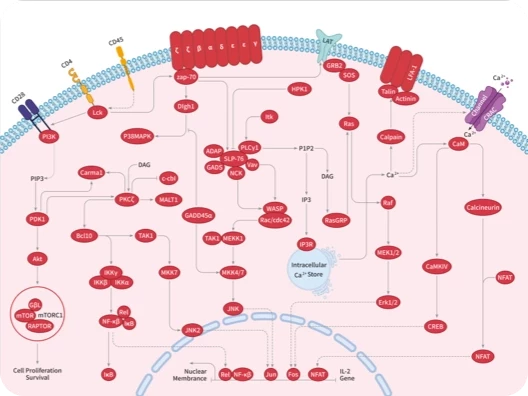
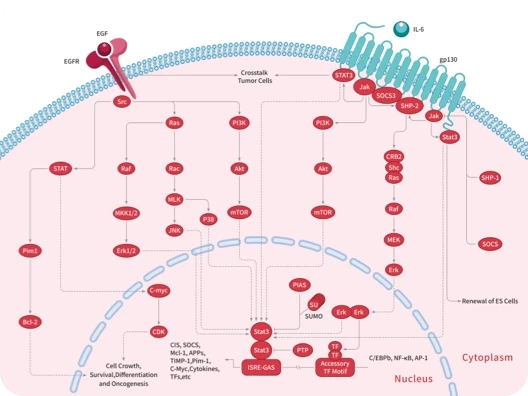
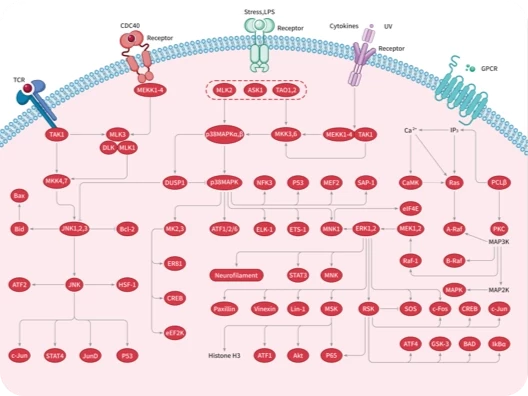
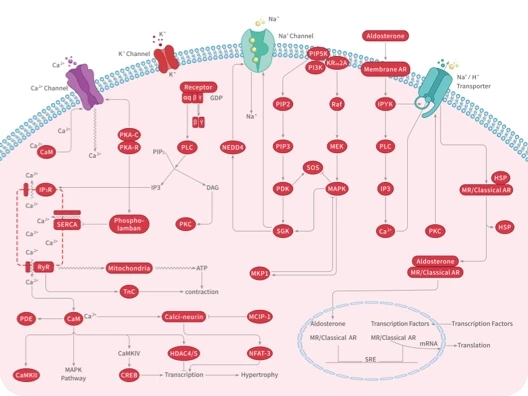

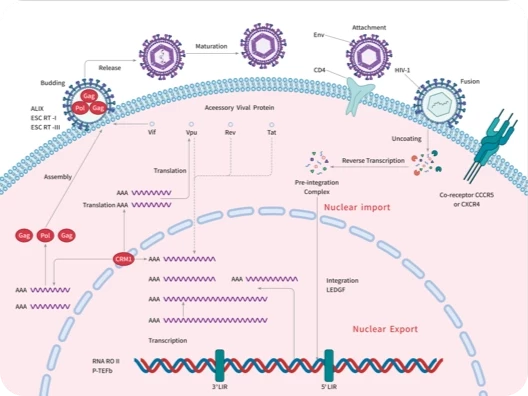

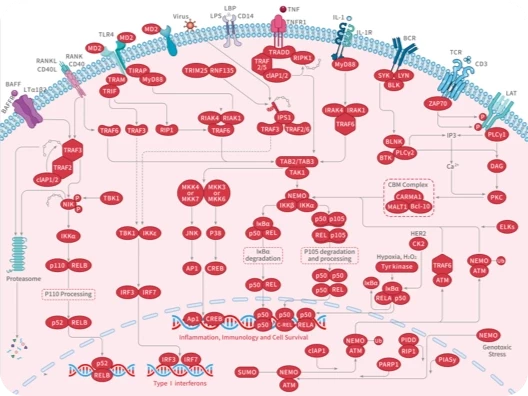


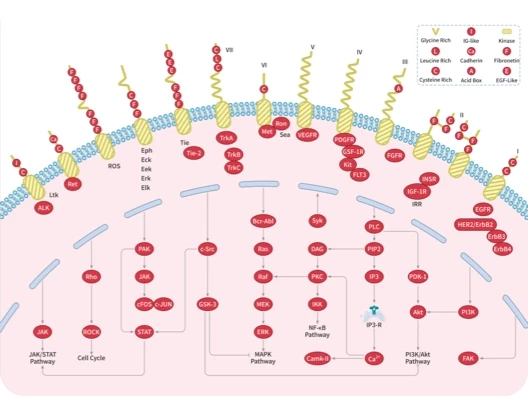
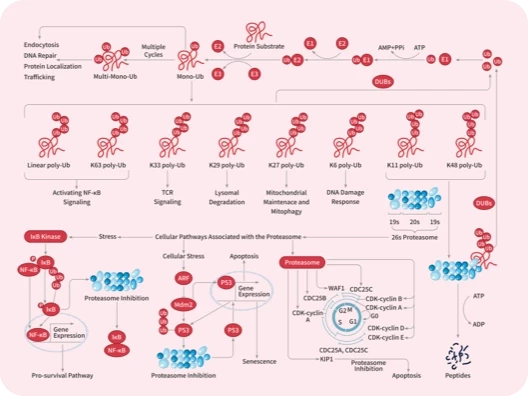


 还可以
还可以


评论内容